Water photoshoots are a beautiful and unique way to capture your memories. There is something about the ethereal quality of water that makes for stunning photographs. If you’re looking for some inspiration, or just want to learn more about how to plan and execute a water photoshoot, you’ve come to the right place! In this epic guide, we will answer all of your questions and give you some tips on how to create amazing photos. So read on, and get ready to be inspired!
Ideas for a Water Photoshoot
Not only does water provide an interesting backdrop, but it also creates a unique set of challenges for photographers to overcome.
One of the biggest advantages of water photoshoot is that it allows photographers to capture images with a unique perspective. This type of photography requires creative thinking and problem-solving skills which can result in some truly breathtaking photos. Water also provides an opportunity to produce dreamy, ethereal effects due to the refraction of light through the water. Additionally, shooting underwater gives photographers more control over their shots as they can manipulate light sources and other elements to create interesting lighting schemes and compositions.
The challenges posed by underwater photography are what make it such an exhilarating experience for photographers. The conditions underwater are much different than those on land, so there’s always something new to learn and experiment with when undertaking a water photoshoot. Photographers need to be aware of the changing light settings, how to adjust camera settings, and be mindful of water buoyancy and currents when shooting underwater.
Many people are pretty confused when it comes to brainstorming water photoshoot ideas. Fortunately, there are a lot of creative options out there for any photographer looking to take their photography skills to the next level. In this section, we’ll go through some of the most popular water photoshoot ideas and provide tips on how to make them successful.
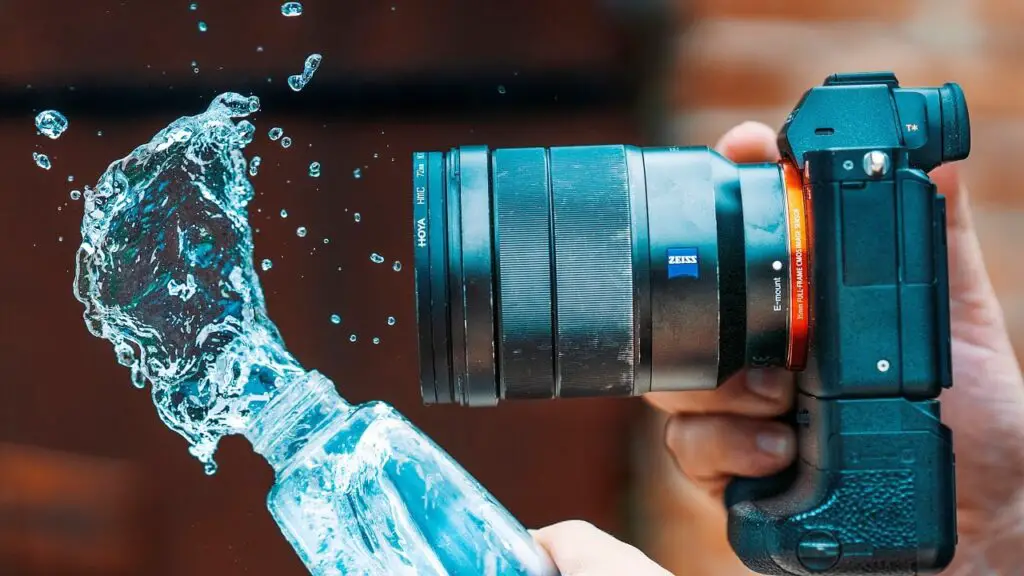
Find location with clean and calm water
The first step to a successful water photoshoot is finding the perfect location. It’s important to find an area with clean and calm water in order to achieve clear visuals and minimize the risk of shooting equipment malfunctioning due to turbulence or debris. A good place to start looking is at nearby lakes, rivers, ponds, or beaches.
Depending on your expected level of activity during the shoot, seek out areas where you are unlikely to be disturbed by other people or animals.
Additionally, make sure that you scout out the area beforehand so that you can have a better idea of what kind of compositions will be available to you. Pay attention to the water’s depth, any potential obstructions in the view such as rocks or plants, and the position of the sun at different times.
Once you have found a suitable location, it’s important to make sure that you are following all relevant safety guidelines and regulations when shooting in or near water. Make sure to check with local authorities for rules and regulations related to using waterways for photo shoots so that you can avoid any unnecessary legal complications. Additionally, if needed, seek out lifeguards onsite who can provide valuable assistance during your shoot.
Go to the pool
Or in an alternate perspective, you can also make use of swimming pools for your water photoshoot. It provides a controlled environment that allows you to alter the lighting and composition to better suit your creative vision. Additionally, since shooting in a pool eliminates unpredictable elements such as wind and waves, it’s much easier to capture clear images with minimal effort.
When planning a shoot at a pool, begin by picking the right time of day as this will directly affect the quality of light you are able to capture. Early morning or late afternoon typically provide softer and more flattering natural light while midday may produce harsher shadows and contrast.
If possible try out some test shots before taking any formal photos so that you can get used to working with any new equipment. Before starting the shoot, the most important step is to decide on a style and aesthetic that you want to achieve with your photos. This could be anything from an underwater portrait series to a bright and vibrant water sports shoot.
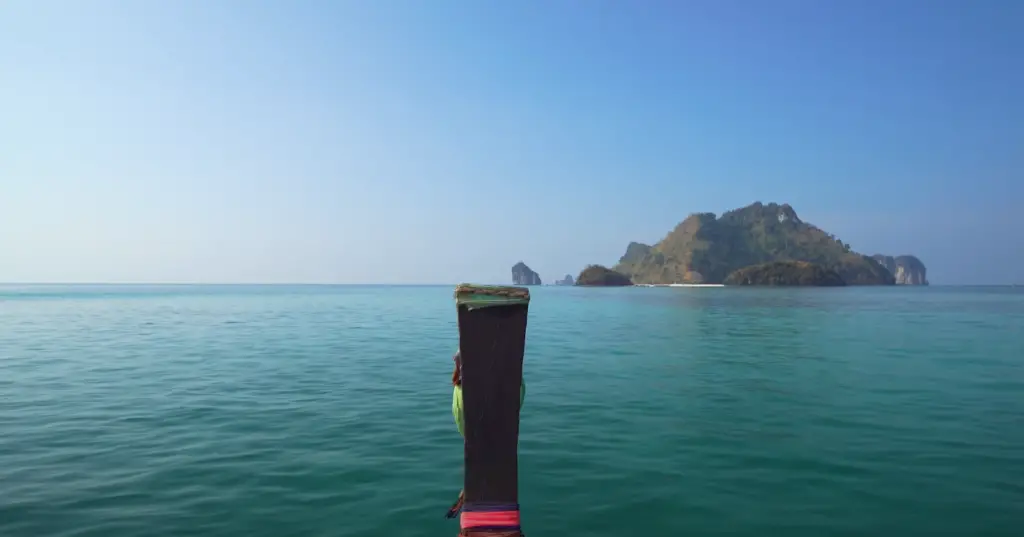
Once you have determined what type of images you are aiming for, create a list of props or items that can help bring this vision to life. Depending on the type of photoshoot being conducted, these may include flotation devices, diving masks, pool accessories such as noodles or inflatable balls, brightly-colored clothing or even furniture pieces.
Take a picture in a bath
A great way to add a unique element to your water photoshoot is to take pictures in a bathtub. This type of shot has become increasingly popular over the years and can be used to create fantastic artistic images. When taking shots in a bathtub, it’s important to use natural light or, if necessary, a diffused artificial light source that won’t cast any harsh shadows on your subject. To get the best results from this setup, fill the tub with clear or lightly tinted warm water and experiment with different angles and compositions. You can also add props or decorations such as flowers or bottles for an interesting effect.
To achieve the desired dreamy look for your photos, you can use slow shutter speeds and a low ISO. This will help blur the movement of the water and create an ethereal atmosphere in your photos. Additionally, you can use reflectors or flash to further enhance the light in your shots.
When taking pictures in a bathtub, it’s important to be mindful of safety precautions such as making sure all cords are away from the water and that any electrical equipment is out of reach of all liquids. Additionally, if children or pets will be present during the shoot, ensure they are supervised at all times. By following these basic safety guidelines, you can rest assured that everyone involved in your photoshoot will remain safe while creating beautiful underwater images.

Use accessories and props
Props and accessories are great tools which can help photographers create interesting images in their water photoshoots. Accessories such as snorkeling masks or fins can provide interesting perspectives and help photographers get closer to the action. Other items such as flippers, surfboards, life preservers, beach umbrellas, and pool noodles can also add a fun element to your shots.
When incorporating props into your shoot, make sure that you are aware of their limitations and capabilities so that you can craft a more successful image.
Additionally, it is important to keep an eye out for items which might interfere with the visibility of an image such as strings attached to objects or clothing which could potentially be seen behind the subject.
Take care of your camera gear
Underwater photography poses unique challenges for photographers, so it is important to take extra precautions and make sure that you are properly caring for your gear. Make sure that all of the equipment used in an underwater photoshoot is waterproofed before use, as well as regularly inspected during each shoot. It’s also important to be aware of things such as pressure changes while submerging or rising from deep waters, which can affect certain camera components. Additionally, keep a close eye out for signs of rusting or corrosion on any metal parts of your gear.
Finally, if you are shooting with a digital SLR camera, it is essential to make sure that the camera has a good fit in its underwater housing. Make sure to inspect all seals before each use and replace any which are damaged or worn. Additionally, if you plan on using external flash units while shooting underwater, make sure they are securely mounted and equipped with waterproof casings. Taking these precautions will help ensure that your gear is well taken care of during a water photoshoot.
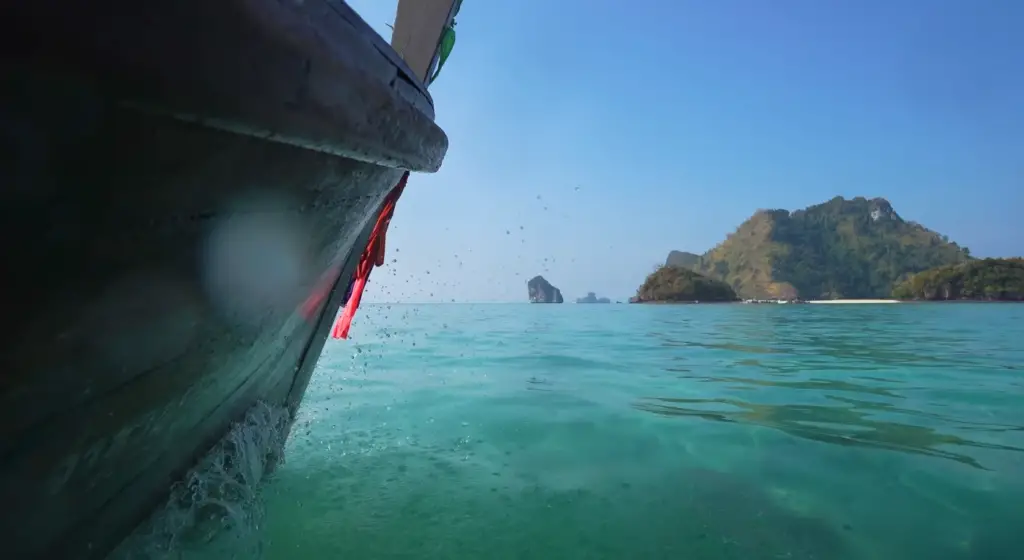
Be aware of lighting conditions
Lighting plays an important role in all forms of photography, and this is especially true when working underwater. The deeper you go into the water, the less light will be available for capturing your shots. Generally speaking, it’s best to shoot in bright daylight so that your images will have a better chance of turning out clear and vibrant.
When shooting in more shallow waters, the sun’s rays can be used to create some interesting effects. Play around with using different sources of natural light such as playing with reflection off objects or creating silhouettes by positioning subjects between you and the sun. Additionally, when possible it may help to use external lighting sources such as underwater strobes which can help illuminate darker areas for sharper images. Be sure to experiment with different lighting conditions until you find a setup which works best for capturing your desired shots.
Jumping into the water
A jumping into the water photoshoot is a great way to capture some stunning and eye-catching images. This type of shoot requires a bit more preparation as you need to make sure your equipment will be safe from any splashes, or else risk ruining it. Additionally, getting the right camera settings and timing can be tricky as you don’t want to miss the perfect shot.
When shooting jumpers, try positioning your camera at an angle so that you can easily track their movement and get the most out of each image. A shallow depth of field also works well in this type of situation, as it will help you create a dreamy effect and blur out any background distractions. Another important factor to consider when shooting jumpers is to make sure you have enough light available. If the light is too low, it can be difficult to capture the details of a jump shot.
Finally, ensure that you are aware of safety regulations and rules for jumping into water. Make sure your model or subject knows how to dive safely into the water and pay attention to any rules or regulations set by local authorities. It’s also important to provide guidance on proper technique so as not to injure anyone in the process.
Take pictures with fish
If you’re looking for a unique and captivating photoshoot idea, then why not consider taking pictures with fish? This type of shoot will require some planning in order to ensure the safety of both you and the aquatic life. To start off, be sure to research any local laws or regulations regarding fishing or interacting with marine life. It’s also important to familiarize yourself with the different types of fish that inhabit your area so you can take extra precautions when capturing shots.
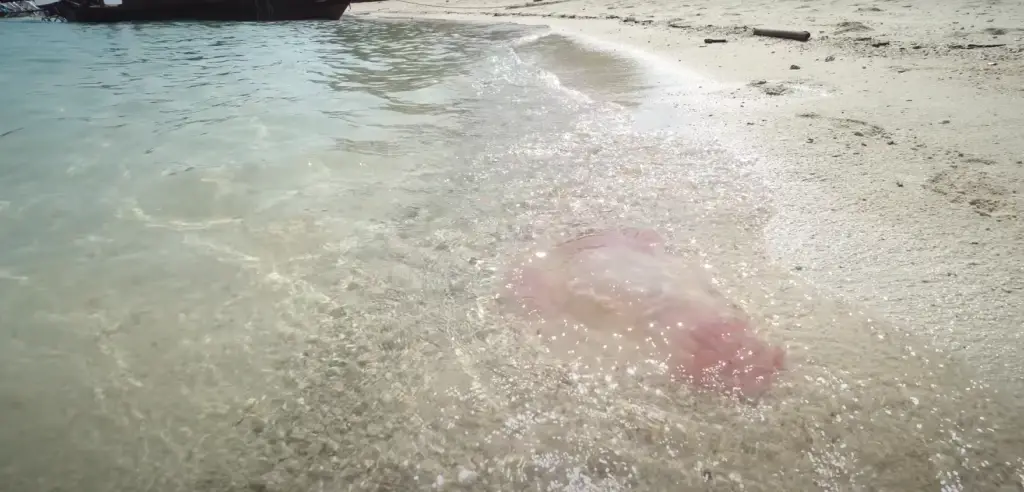
When taking pictures with fish, it’s best to use a wide-angle lens as this will help capture more detail and give the appearance of being closer to the subject. Additionally, make sure to adjust your white balance settings accordingly to ensure accurate color representation.
Finally, be aware of your surroundings at all times; not only for safety reasons but also for the well-being of the aquatic life that is inhabiting these waters. With these tips in mind, you’ll have no problem capturing stunning photos with fish!
Simply take a capture of yourself or someone else swimming
Sometimes, the simplest shots can be the most captivating. Capturing a photograph of someone swimming is an ideal choice for those looking to take some stunning underwater images without too much fuss. To get started, you’ll want to use a fast shutter speed and a wide aperture setting in order to capture as much detail as possible. Additionally, it may help to use natural light when available or bring along external lighting sources such as underwater strobes for darker areas.
When shooting swimmers, try to keep your subject within the focus range at all times; this will help ensure that each image is crisp and sharp with minimal distortion. If you are photographing yourself or someone else in action, consider using burst mode on your camera to capture a sequence of shots in quick succession. This way, you’ll be able to capture the exact moment your subject enters the water and creates that elusive splash effect. [1], [2], [3]
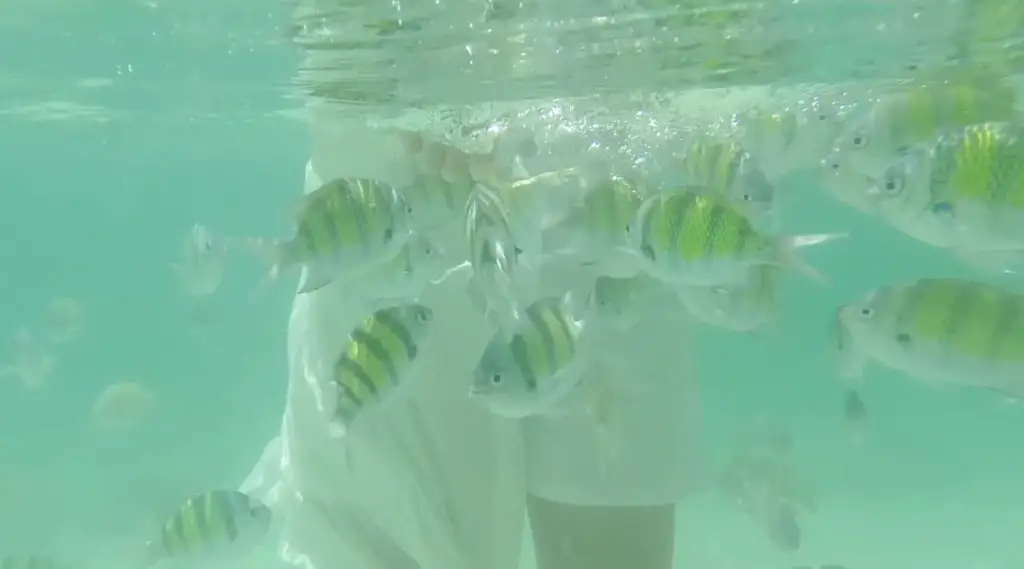
FAQ
How do you take cool pictures with water?
Taking cool pictures with water can be a fun, creative project to undertake. Here are some tips on taking the best photos with water:
- Choose an appropriate backdrop. When you’re setting up your shot, make sure your background isn’t too busy or distracting from what you want to focus on. You may also want to consider choosing a simpler color scheme so that it won’t compete for attention in the photo.
- Use good lighting techniques. Natural light is usually the best choice for photographing water scenes, but if there isn’t any available, artificial light sources can work as well. Try different angles and lighting settings until you find one that looks great in the photograph.
- Play around with shutter speed. A slow shutter speed will capture a dreamy, blurred look while faster speeds will freeze the action of water droplets or splashes in time. Experiment until you find the right balance for your photo.
- Get creative with angles and perspectives. Try getting down on the ground and shooting up at the water to get an interesting angle or perspective that will make your photos stand out from others’ shots.
- Don’t forget to edit! Post-processing is a great way to bring out colors, add special effects, and turn ordinary pictures into amazing works of art.
How do you make the water look better in pictures?
The best way to make the water look better in pictures is to use the right camera settings. To achieve a dramatic and vibrant look, set your ISO to low and experiment with different shutter speeds. A longer shutter speed will create a smoother appearance while a faster one will capture more movement from the water. Additionally, if you have access to an ND filter (Neutral Density Filter), this can help reduce reflections and glare on the water’s surface for a clearer photo.
How do you make a picture of water?
Creating a realistic picture of water is a complex task that requires some knowledge of digital painting. To start, you will need to choose the type of water you want to paint, such as still or moving water, and then select the right brush for your work. Depending on the type of effect you want to achieve, you should also choose different colors for the background, ripples in the water, reflections from nearby objects and any other details.
To create a realistic looking image of water, it’s important to pay attention to small details like light and shadows that can have an impact on its visual appearance. You may find yourself constantly adjusting these elements while continuing to add layers of color until you achieve the desired effect. When finished with your painting, you can add any additional effects and filters that you want to complete your image.
How do you make a water picture?
Creating a stunning water picture could be a challenging but rewarding experience. To get started, you’ll need to decide on the type of shot you’re looking for: static or dynamic. With static shots, you’ll have to focus on perfecting the composition, lighting and angles to create an interesting image. Dynamic shots involve capturing movement in the water such as waves, ripples or bubbles – this can help add some extra drama and tension to your photo.
Once you’ve chosen the type of shot, it’s time to set up your equipment and think about lens selection. A wide angle lens is best for landscapes with large bodies of water while a telephoto lens will work better for close-ups of individual objects (like boats or rocks). If you’re planning on capturing movement in the water, then a slow shutter speed will be necessary to blur the action.
The next step is to choose the right lighting for your shot. Natural light can often be just as effective for water photography as artificial light, depending on the time of day and weather conditions. If you want to create a dramatic effect, try using backlighting or side-lighting to bring out some interesting textures and reflections in the water.
How do people do an underwater photoshoot?
Underwater photoshoots require a lot of preparation and equipment. There are several pieces that must be taken into consideration before attempting such a feat, including the type of camera, lens, and underwater housing used; the lighting setup; safety considerations; props and wardrobe; and finding the right location.
The first step is to choose the right equipment for your shoot. This includes selecting an appropriate waterproof camera or lens (or both) with an underwater housing that fits securely around it to keep out water, sand, and other elements. A wide-angle lens will give you more flexibility in composition, as well as increased depth of field for greater sharpness. When choosing lights for an underwater photoshoot, keep in mind that brighter LED lights are best, as they don’t produce a great deal of heat and can be safely used in the water.
Safety should always be your number one priority when it comes to an underwater photoshoot.
A dive buddy should also accompany you if possible for added safety, or consider using snorkeling instead so that no diving certification is required. It’s also important to research local laws about swimming and photographing in public waters before attempting the shoot.
Useful Video: I Tried an UNDERWATER Photoshoot!
Conclusion
Water photoshoots can be incredibly rewarding experiences which present unique challenges for photographers. Following these tips should help you to create stunning images and ensure a successful outcome for your project. When deciding on a location, choose one that will provide the best backdrop for your shoot, taking into consideration the type of water and any props or other elements you may need. Planning ahead will help to make sure everything runs smoothly during your photoshoot, giving you more time to focus on shooting amazing photos.
Be sure to consider safety precautions such as wearing life jackets when necessary and bringing appropriate equipment such as lenses that are water-resistant. Lastly, make sure to have fun with it! Water photoshoots can be incredibly creative outlets and with some practice, you’ll soon be creating professional looking photographs that capture the beauty of the water. Good luck!
References
- https://www.uwphotographyguide.com/underwater-photography-tips
- https://www.thewanderinglens.com/underwater-photography-tips/
- https://photographylife.com/underwater-photography-tips





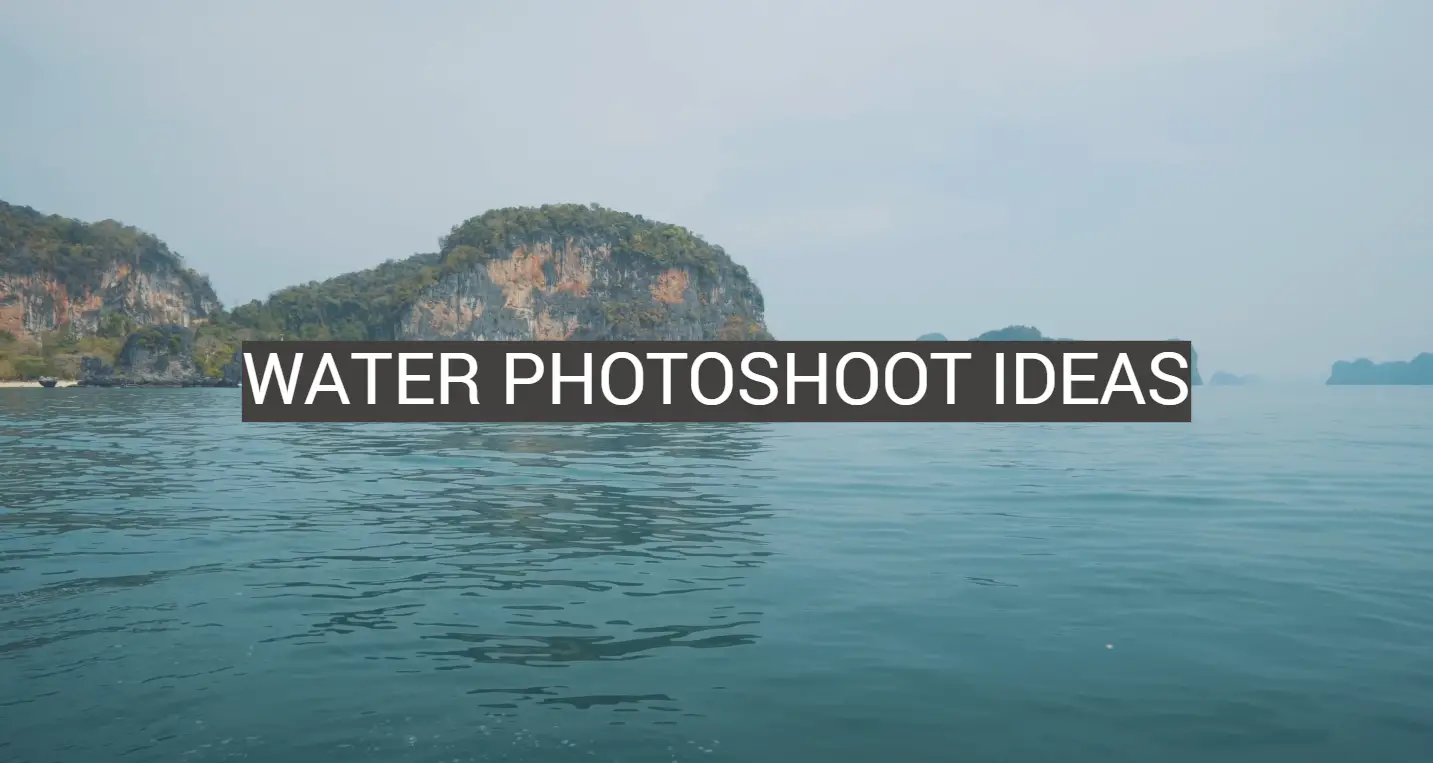
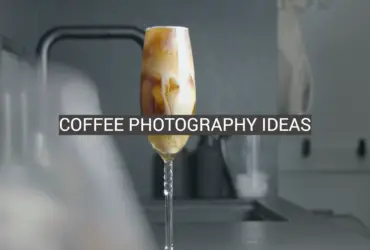





Leave a Reply